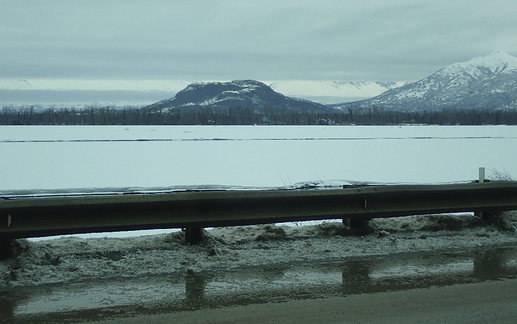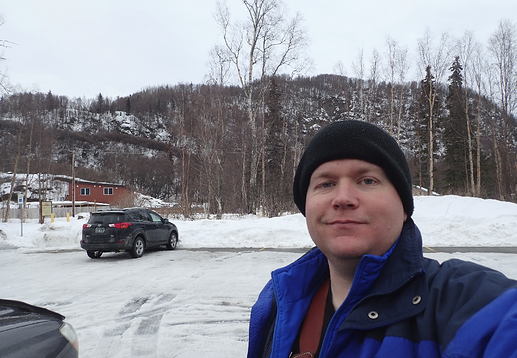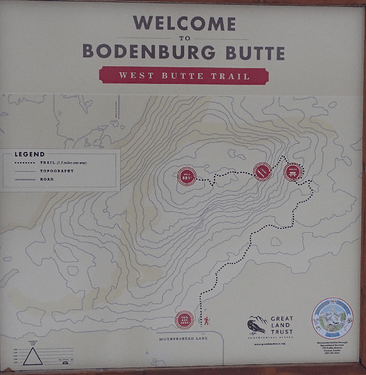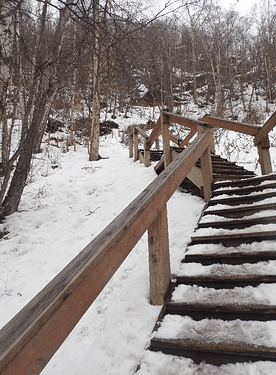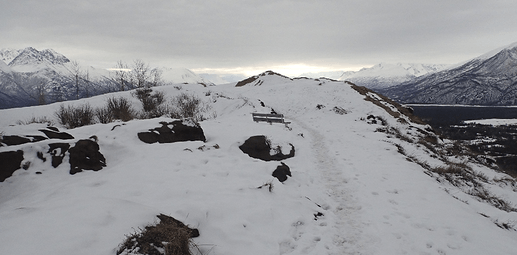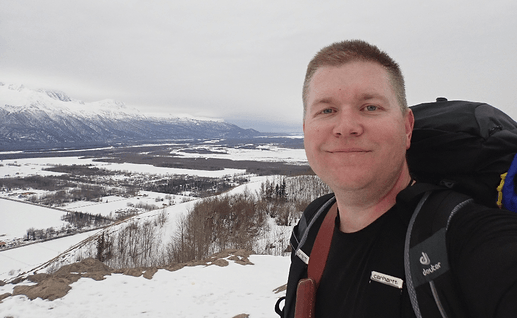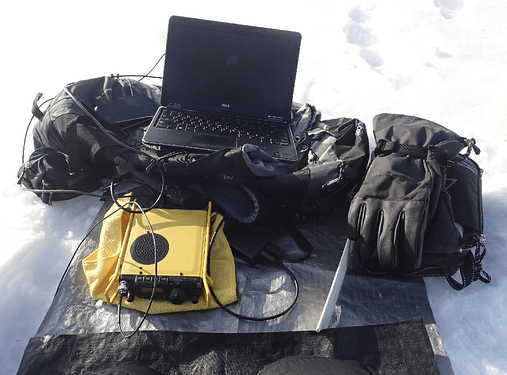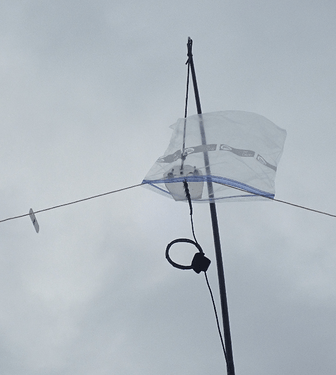Hello group,
I’m posting info about this peak for anyone who might want to do an activation while in Alaska. This one is only about an hour outside of Anchorage, and is pretty easy. It’s a good choice if you’re up here on a trip and have a few hours to try putting a peak on air.
On-Air:
Note that local contact options are limited unless you pre-plan. Anchorage is the largest city up here and it’s only about 350k people. You’re also pretty far away from everywhere else, so SSB and 5 watts isn’t going to get you down to the lower 48 unless you have a really good band opening.
The strategy that I’ve developed for activating up here is two-fold:
- Time the activation to occur during the Alaska VHF-Up Group Saturday morning SSB net on 144.200. (I’m the VP of the club.) Make a handful of contacts there to ensure that the activation is good.
- To make the peak available outside of Alaska, switch to HF digital. (CW might also work.) I ran FT8 on this activation with excellent results on 20 meters.
Trail:
This peak has two different trails that go to the top. The one going up the south side is more natural, windy, and prettier, in my opinion. This post covers the West Butte Trail that goes up the north side of the peak, which is more developed. Note that there is a $5.00 parking charge for the lot.
Be sure to travel in a group, or bring bear spray or a gun on the hike. The area is rural, but there are still moose and bear that travel through the area. On this hike there was actually fresh moose poop at the top of the peak. Moose are mean . . . leave them be. Ending up as moose toejam or bear poop doesn’t get you extra activator points.
The trail is flat-ish for about a quarter of a mile, but then starts going straight up. Since this area gets heavy use there are stairs that go up the steep sections. Expect to see other hikers, joggers, etc. Bring ice grippers or flexible crampons if you’re here in the winter. Other than that it’s a pretty easy trail.
The Peak
The top of the hill is pretty rounded, with some boulders sticking up to mark the true top of the peak. It took me about 45 minutes of slowly moving to reach the top. There is a lot of real estate on the top where you can choose to set up. Try to set up away from the main trail though so that you don’t disturb the locals. Up here people tend to take an interest in radio (it’s an outdoors-oriented culture) and you’ll be playing ham radio ambassador all day.
Radio
Your target for the activation is Anchorage and the Mat-Su valley. On this peak you’re on the edge of the Mat-Su, but Anchorage is a bit off in the distance and partially obscured by the Chugach Mountains. In the picture below, Anchorage is in the distance where the mountains slope down to ground level.
Like I mentioned, reach out to the Alaska VHF-Up Group (or to me directly) and we’ll make sure there are operators available to give you contacts over VHF. The Matanuska Amateur Radio Club is also pretty active, and a good resource in this area. That will ensure you get your minimum of four for the activation.
After you get your minimum over VHF try switching to digital. It took a while. but I was able to work FT8 and get another eight contacts over HF.
Power out was 5 watts, and the antenna was a linked dipole on a fiberglass fishing rod.
QRP from Alaska can definitely be done.
73,
Brandon Clark, KL7BSC
